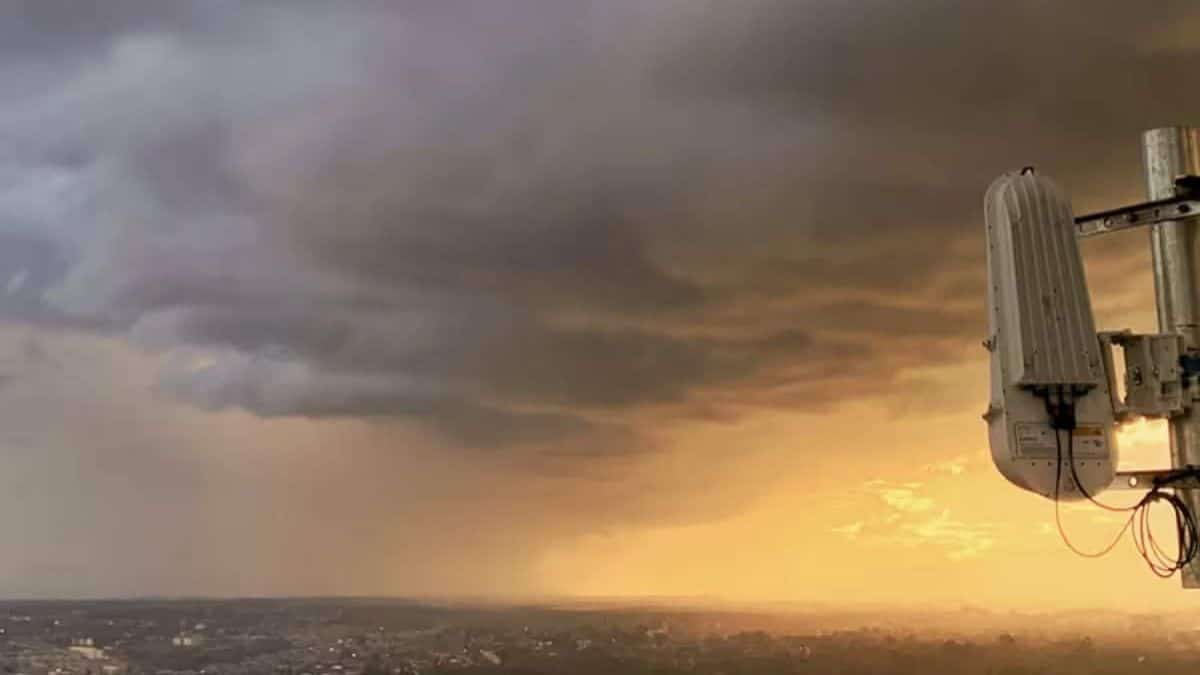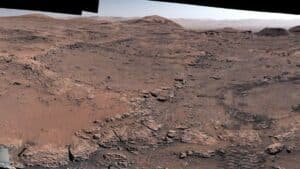In a world where high-speed internet access has become as essential as electricity, a groundbreaking technology is emerging from the shadows of Alphabet’s X lab. **Taara’s laser-based internet solution** is revolutionizing connectivity with speeds that make Elon Musk’s Starlink look like dial-up. This California-based startup is not just challenging the status quo—it’s redefining how we think about bridging the digital divide.
Laser-powered internet: how Taara outperforms satellite technology
While Starlink relies on thousands of satellites orbiting Earth, Taara takes a fundamentally different approach. The system uses **ground-based terminals called Lightbridges** that transmit data via invisible laser beams between fixed points. These compact units, roughly the size of traffic lights, can be mounted on rooftops, towers, or even tall trees.
The performance metrics are staggering. Taara’s laser technology delivers data speeds of up to 20 gigabits per second across distances reaching 20 kilometers. This represents a **10 to 100-fold speed improvement** over typical Starlink connections. Even more impressive is the minimal infrastructure required—no rocket launches, no extensive fiber networks, and installation typically completed within hours.
Taara’s beam alignment mechanism represents its technological cornerstone. Since laser communication demands clear line-of-sight, the system employs sophisticated tracking systems that automatically adjust beam alignment in real-time. This adaptive technology ensures reliable connectivity even in challenging environments like Kenya’s Rift Valley, where atmospheric conditions fluctuate dramatically.
The environmental implications are equally significant. Compared to traditional connectivity solutions, Taara offers:
- Drastically reduced carbon footprint (no satellite launches)
- Minimal physical disruption (no trenching or cable-laying)
- Lower energy consumption during operation
- Reduced electronic waste generation
In 2019, Iceland Approved the 4-Day Workweek: Nearly 6 Years Later, All Forecasts by Generation Z Have Come True
At 94, He’s One of Apple’s Biggest Shareholders, and Doctors Can’t Explain How He’s Still Alive-Coca-Cola and McDonald’s Are Part of His Daily Routine
Real-world applications and global deployment
Far from being merely theoretical, Taara’s technology is already operational across 12 countries. One of its most remarkable implementations spans the Congo River, connecting Brazzaville and Kinshasa—two capital cities with a combined population exceeding 17 million people. This connection transmitted an astonishing **700 terabytes of data with 99.99% uptime**, revolutionizing connectivity between these urban centers at a fraction of traditional infrastructure costs.
The versatility of Taara’s system extends beyond permanent installations. At large-scale events like Coachella, the technology has provided high-capacity mobile network support without the need for extensive temporary infrastructure. This flexibility opens possibilities for disaster response, temporary healthcare facilities, and educational initiatives in previously underserved regions.
| Deployment Type | Ideal Applications | Key Advantages |
|---|---|---|
| Urban Connections | Linking city districts separated by geographical barriers | Ultra-fast speeds, no permitting for underground cables |
| Rural Deployments | Connecting remote villages to regional networks | Rapid installation, lower cost than fiber deployment |
| Temporary Installations | Events, disaster response, seasonal operations | Quick setup/removal, high bandwidth availability |
| Industrial Applications | Factory connectivity, mining operations, oil fields | Reliable connectivity in challenging environments |
It races through the universe at 300,000 km/s - and never runs out of energy
Beneath your feet: an ancient forgotten continent resurfaces in Europe
Beyond competition: complementing existing infrastructure
Rather than positioning itself as a Starlink competitor, Taara presents its technology as a complementary solution within the broader connectivity ecosystem. *While satellite internet excels in connecting truly remote locations like ships at sea or isolated communities*, Taara dominates in short-range, high-bandwidth applications where geographical barriers make traditional infrastructure impractical.
The startup’s independence from Alphabet signals its transition from research project to commercial entity with global ambitions. Through strategic partnerships with telecom operators, governments, and humanitarian organizations, Taara aims to connect the 3 billion people worldwide who still lack reliable internet access.
Looking ahead, Taara’s roadmap includes development of a photonics chip version by 2026, which could potentially embed this powerful laser communication system into IoT devices or autonomous vehicles. This miniaturization represents the next frontier in making *ultra-fast connectivity ubiquitous across devices and applications*.
For communities separated by rivers, railroads, or challenging terrain, Taara’s light beams offer a lifeline to the digital world—illuminating educational opportunities, healthcare advancements, and economic possibilities previously beyond reach. As this technology continues to mature and scale, it may well become the invisible backbone of our increasingly connected world.







